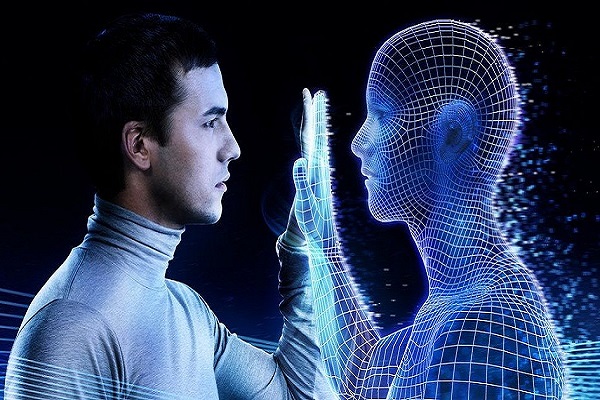Digital clone of a physical object, either living or not, that can be used for simulation, analysis, and prediction, among other things. Further may be utilized for simulation, analysis, and control is referred to as a digital twin.
Digital twin technology is a very potent tool for improving performance, efficiency, and lifespan of physical systems. As technology advances, we should expect to see more sectors use digital twin technology and will be adopted by almost organizations and industries :
Human Digital Twins:
A digital twin could be used to model and predict different aspects of human behaviour and physiology, including physical and mental health, decision-making, and performance, in the context of people.
- This can be helpful for a variety of applications, such as workforce management, personal growth, and healthcare.
- But in addition to the data and advanced algorithms needed to produce precise digital twins of people, there are also moral issues to take into mind.
How can be used in Testing and experiments :
One of the primary advantages of a digital twin is the ability to test and experiment without affecting the actual physical system. This is very effective in detecting and resolving issues before they arise in the real world.
- A digital twin of a manufacturing facility, for example, can be used to improve production processes, assess the impact of facility changes, and detect potential bottlenecks.
Monitoring And Control :
Physical systems can also be monitored and controlled via digital twins. A digital twin of a wind turbine :
- for example, can be used to monitor the turbine's performance in real time and make adjustments as needed to improve its performance. This can help to improve the turbine's overall efficiency and save downtime.
Predict the Issue :
Another application of digital twin technology is predictive maintenance. A digital twin can identify when maintenance is needed before a problem occurs by continually monitoring the functioning of a physical system.
- This can assist to decrease downtime and extend the overall longevity of the system.
Architecture And Construction :
Digital twins have a wide range of possible uses in the building and architectural industries.
- For instance, a digital twin of a building may be used to assess the structure's energy efficiency, spot any prospective structural problems, and organize any upcoming improvements or restorations.
Do you know :
The applications of digital twin technology are countless and are continually being explored because it is still in its infancy. We may anticipate that more businesses and sectors will employ digital twins to enhance their operations and boost efficiency as technology continues to advance and change.
Take a view how it is Invaluable :
- A wide number of industries, including manufacturing, transportation, aerospace, construction, and healthcare, can benefit from the deployment of digital twins.
- For both new and old physical systems, a digital twin may be built and updated as the original system evolves through time.
- Sensors, cameras, and simulations are just a few examples of the sources from which data for a digital twin might be gathered.
- In order to provide physical systems even more insight and control, digital twin technology may be utilized in conjunction with other technologies like artificial intelligence, machine learning, and the Internet of Things (IOT).
- One of the main advantages of digital twin technology is that it may save expenses while enhancing the effectiveness and performance of physical systems.
Digital Twins Global Market :
According to some predictions, the global market for digital twin technology will reach $35 billion by 2026. The use of digital twins is anticipated to increase quickly in the upcoming years.
- In order to make the digital twin as precise as possible, the installation of a digital twin requires a strong platform to manage the data and analytics as well as a thorough understanding of the physical system to be modelled.
Limitations for digital Twins :
1- Data security:
A digital twin's success depends on the protection of the data that is used to build and maintain it. It can be challenging to ensure data security, especially if the data is shared among several parties.
2- Processing power:
Building and sustaining a digital twin calls for a sizable amount of computing power, which can be costly and challenging to obtain.
3- Integration :
It can be difficult since digital twins frequently need to be merged with other systems and technologies, such as sensors and actuators.
4- Modeling Complexity: The use of digital twins is constrained because some physical systems are too complicated to be modelled with current methods.
5- Privacy and ethical concerns:
When employed to simulate and forecast human behaviour, digital twins may give rise to privacy and moral dilemmas.
Furthermore according to the researchers ,this technology is evolving very rapidly and expecting to raise very effective circumstances that we have to face.







0 Comments